Antibiotic-resistant bacteria are a challenging threat to human life, especially in healthcare institutions.
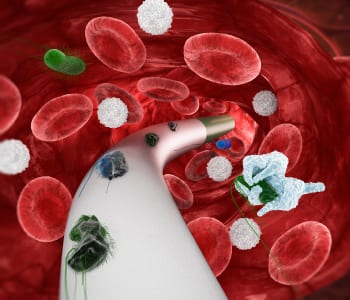


Antibiotic-resistant bacteria are a challenging threat to human life, especially in healthcare institutions.
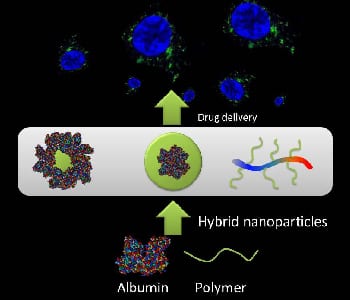
In their review, Jiang and Stenzel discuss the various creative approaches in which albumin can be combined with polymers for application in drug delivery.
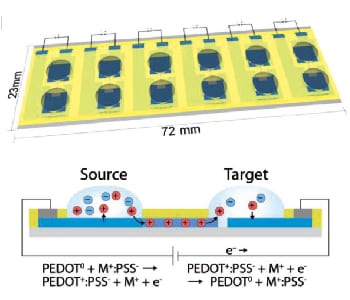
A multi-channel organic electronic ion pump for the creation of Aβ plaques is developed.
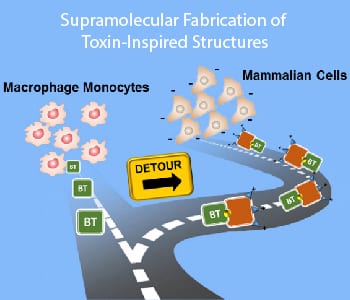
Researchers have devised a bottom-up approach to fabricate precisely arranged synthetic macromolecules and an enzymatically active toxin from Clostridium botulinum.
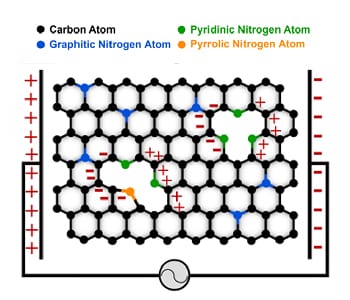
Researchers from the University of Calgary in Canada and Washington State University Tri-Cities in the US manipulated the structure of CNTs by introducing nitrogen between carbon atoms in CNTs, and succeeded in improving the charge storage capacity of CNT/polymer nanocomposites.
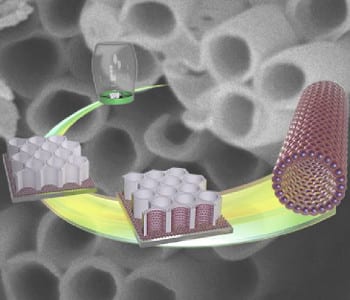
A novel method was developed, in which block copolymer micelles can directly infiltrate into nanopores and 1D micellar nanotubes can be easily fabricated.
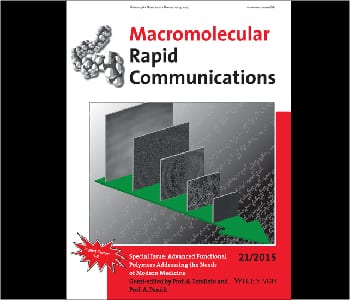
To fulfill the complex requirements of medical applications, multi-functional biomaterials need to be designed.
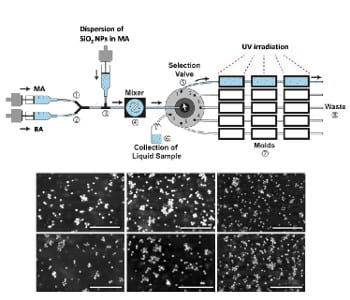
Researchers have developed a microfludic platform for high-throughput preparation of multicomponent photopolymerized nanocomposite films.
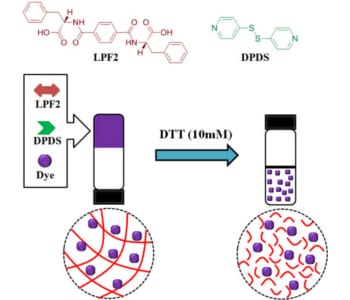
Prof. Chuanliang Feng and co-workers are working on novel supramolecular, redox-responsive hydrogels self-assembled from low-molecular-weight gelators.
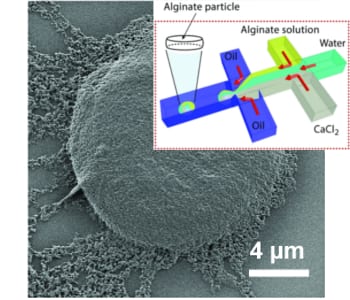
L. Mazutis and co-workers have developed a microfluidic approach for production of alginate hydrogels having a unique biconcave shape and the size of a mammalian cell (~10 µm).